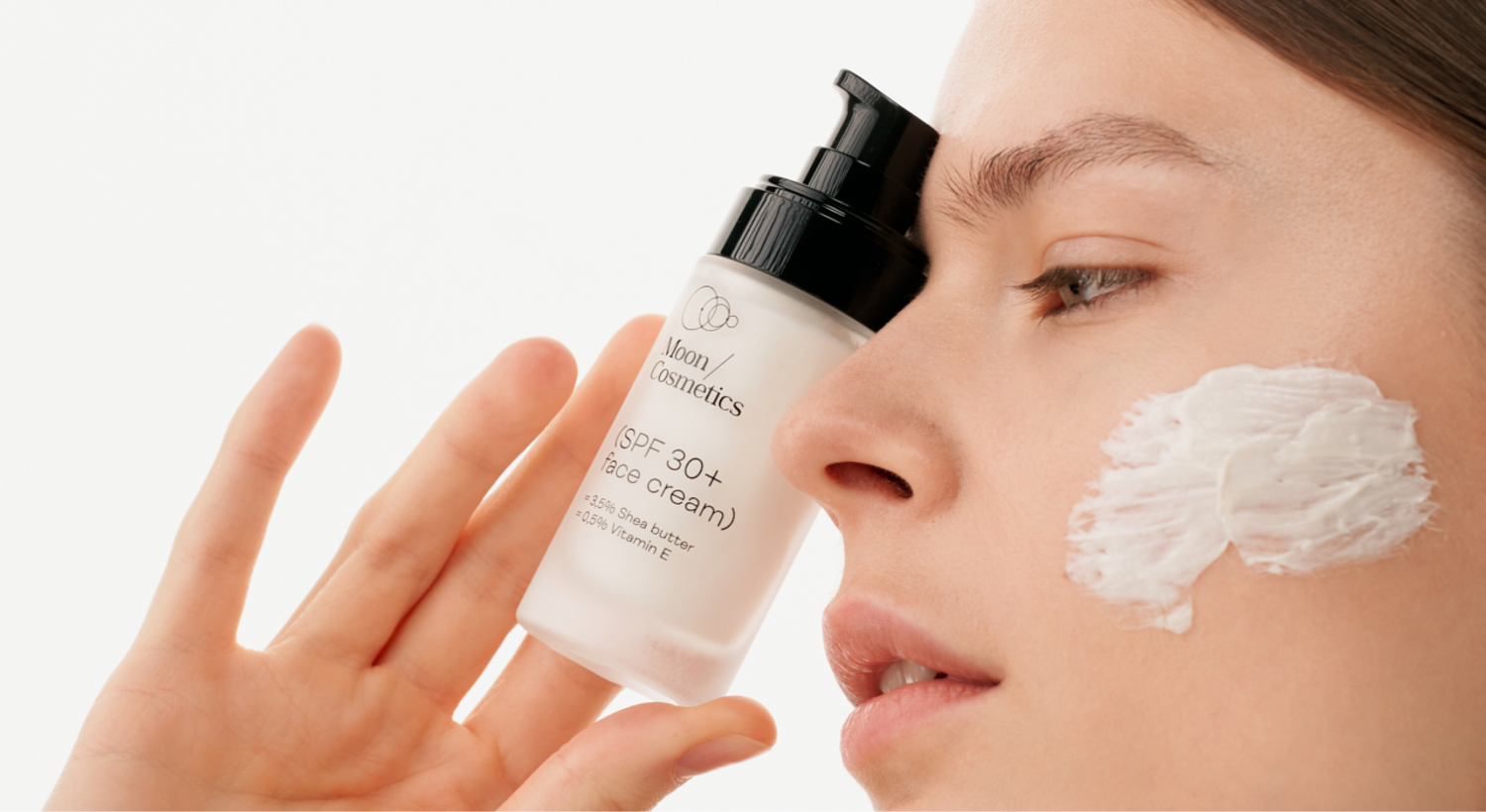Vitaminas A ir jo dariniai, ypač retinolis, yra vienos veiksmingiausių medžiagų, lėtinančių senėjimo procesą. Riebaluose tirpus retinolis prasiskverbia į raginį odos sluoksnį ir nedidelė jo koncentracija patenka į gilesnį odos sluosknį, dermą. Pasiekęs odos ląstelę keratinocitą, retinolis prasiskverbia į jo vidų, kur yra paverčiamas retinoine rūgštimi per dviejų žingsnių procesą – pirma paverčiamas retinaldehidu, kuris vėliau yra paverčiamas iki retinoinės rūgšties. Dėl biologinės funkcijos skirtumų, retinoidų biologinė funkcija skiriasi. Tačiau svarbu žinoti, kad didžioji dalis retinoidų skatina naujų odos ląstelių susidarymą ir senų nusisluoksniavimą, turi antikomedogeninį poveikį, ko pasekoje oda tampa skaisti, mažėja pigmentinės dėmės, smulkios raukšlelės bei po aknės likę randai.
Taigi, kokie retinoidai plačiausiai taikomi kosmetikoje ir kokiu poveikiu pasižymi?
Tretinoinas (retinoinė rūgštis) yra biologiškai aktyviausia forma tarp retinoidų, kuri padidina ląstelių apykaitą, taip pat mažina odos pigmentaciją.
Retinolis yra dažniausiai kosmetikos produktuose naudojamas retinoidas. Jis pasižymi švelnesniu ir geresniu poveikiu už retinoinę rūgštį (retinoinė rūgštis yra maždaug 20 kartų stipresnė už retinolį) ir yra veiksmingas sprendžiant odos pigmentaciją, sausumą bei smulkias raukšleles..
Retinalis yra vitamino A aldehido forma, t. y. oksiduota retinolio forma. Retinalio veiksmingumas sprendžiant įvairias odos problemas yra ribotas. Panašiai kaip ir retinilo esteriai (retinilo acetatas ir palmitatas), tai stabilus vitamino A darinys, tačiau tik šiek tiek pagerina odos tekstūrą. Palyginti su retinoine rūgštimi, ji yra mažiau dirginanti ir gerai toleruojama.
Taigi, retinolis ir jo dariniaii turi savybę veiksmingai prasiskverbti pro viršutinį odos sluoksnį ir atlikti tam tikrą funkciją ląstelėje. Priklausomai nuo kosmetikos produkto sudėtyje esančio retinoido tipo, toks gaminys yra tinkamas skirtingų odos problemų sprendimui bei pasižymi skirtingu efektyvumu. Dėl šios priežasties, renkantis kosmetikos produktą vertėtų atkreipti dėmesį ne tik į retinoido koncentraciją, tačiau ir į jo tipą.





